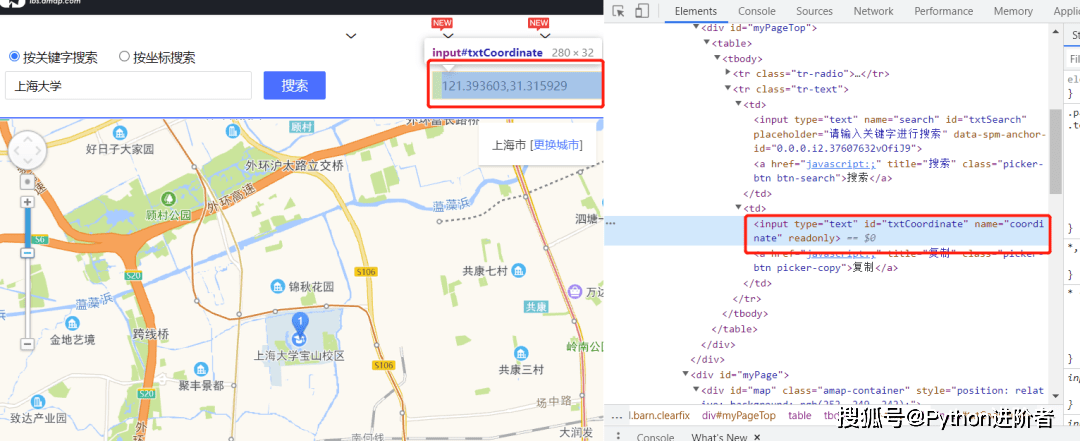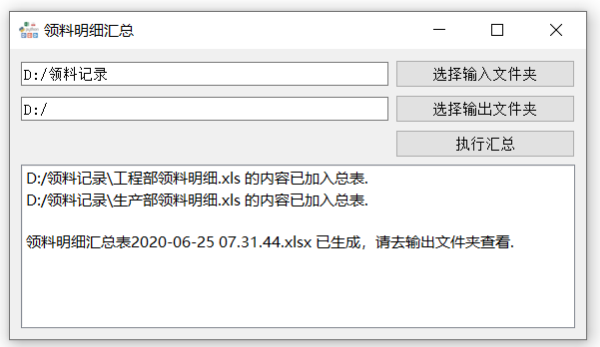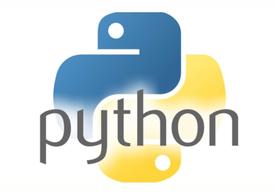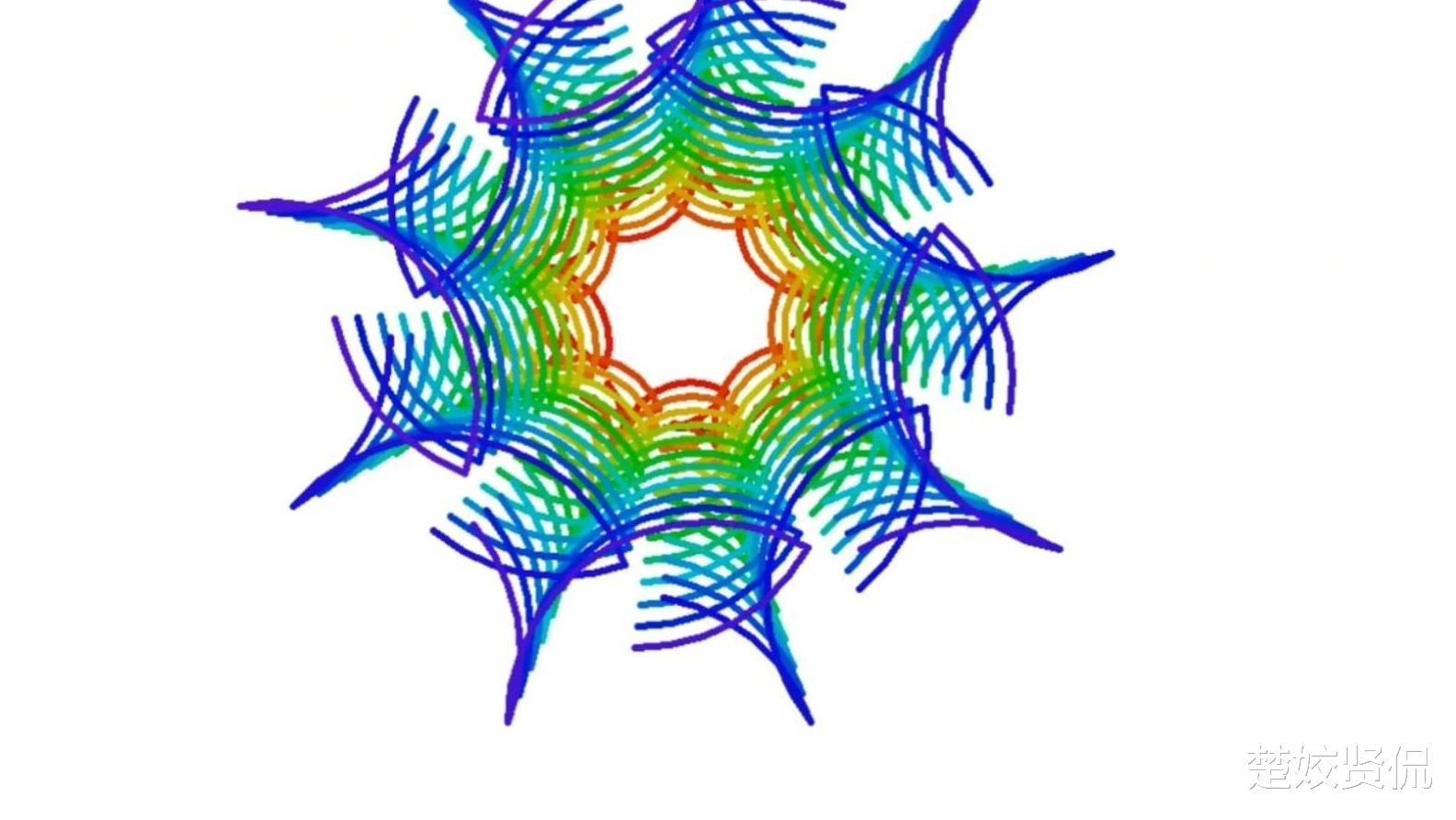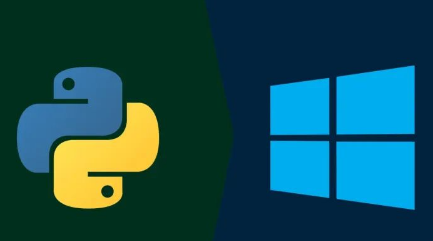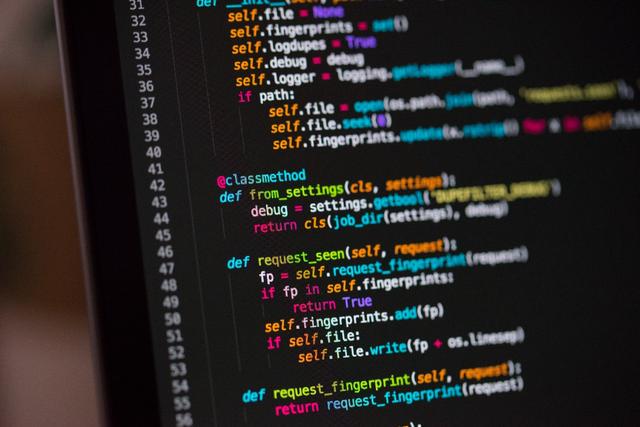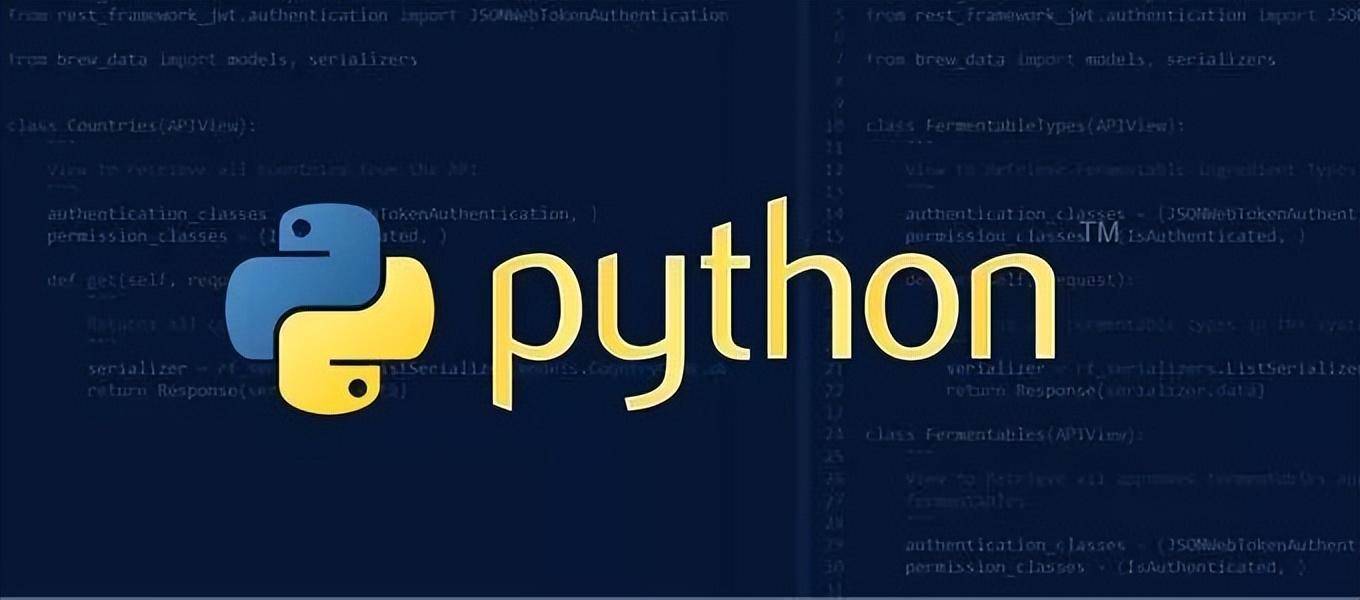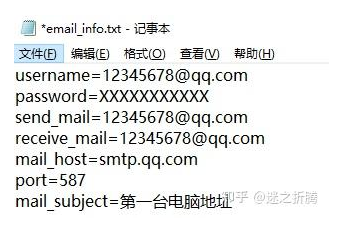31个必备的python字符串方法,建议收藏
字符串是Python/ target=_blank class=infotextkey>Python中基本的数据类型,几乎在每个Python程序中都会使用到它。
1、Slicing
slicing切片,按照一定条件从列表或者元组中取出部分元素(比如特定范围、索引、分割值)
s = ' hello '
s = s[:]
print(s)
# hello
s = ' hello '
s = s[3:8]
print(s)
# hello
2、strip()
strip()方法用于移除字符串头尾指定的字符(默认为空格或换行符)或字符序列。
s = ' hello '.strip()
print(s)
# hello
s = '###hello###'.strip()
print(s)
# ###hello###
在使用strip()方法时,默认去除空格或换行符,所以#号并没有去除。
可以给strip()方法添加指定字符,如下所示。
s = '###hello###'.strip('#')
print(s)
# hello
此外当指定内容不在头尾处时,并不会被去除。
s = ' n t hellon'.strip('n')
print(s)
#
# hello
s = 'n t hellon'.strip('n')
print(s)
# hello
第一个n前有个空格,所以只会去取尾部的换行符。
最后strip()方法的参数是剥离其值的所有组合,这个可以看下面这个案例。
s = 'www.baidu.com'.strip('cmow.')
print(s)
# baidu
最外层的首字符和尾字符参数值将从字符串中剥离。字符从前端移除,直到到达一个不包含在字符集中的字符串字符为止。
在尾部也会发生类似的动作。
3、lstrip()
移除字符串左侧指定的字符(默认为空格或换行符)或字符序列。
s = ' hello '.lstrip()
print(s)
# hello
同样的,可以移除左侧所有包含在字符集中的字符串。
s = 'Arthur: three!'.lstrip('Arthur: ')
print(s)
# ee!
4、rstrip()
移除字符串右侧指定的字符(默认为空格或换行符)或字符序列。
s = ' hello '.rstrip()
print(s)
# hello
5、removeprefix()
Python3.9中移除前缀的函数。
# python 3.9
s = 'Arthur: three!'.removeprefix('Arthur: ')
print(s)
# three!
和strip()相比,并不会把字符集中的字符串进行逐个匹配。
6、removesuffix()
Python3.9中移除后缀的函数。
s = 'HelloPython'.removesuffix('Python')
print(s)
# Hello
7、replace()
把字符串中的内容替换成指定的内容。
s = 'string methods in python'.replace(' ', '-')
print(s)
# string-methods-in-python
s = 'string methods in python'.replace(' ', '')
print(s)
# stringmethodsinpython
8、re.sub()
re是正则的表达式,sub是substitute表示替换。
re.sub则是相对复杂点的替换。
import re
s = "string methods in python"
s2 = s.replace(' ', '-')
print(s2)
# string----methods-in-python
s = "string methods in python"
s2 = re.sub("s+", "-", s)
print(s2)
# string-methods-in-python
和replace()做对比,使用re.sub()进行替换操作,确实更高级点。
9、split()
对字符串做分隔处理,最终的结果是一个列表。
s = 'string methods in python'.split()
print(s)
# ['string', 'methods', 'in', 'python']
当不指定分隔符时,默认按空格分隔。
s = 'string methods in python'.split(',')
print(s)
# ['string methods in python']
此外,还可以指定字符串的分隔次数。
s = 'string methods in python'.split(' ', maxsplit=1)
print(s)
# ['string', 'methods in python']
10、rsplit()
从右侧开始对字符串进行分隔。
s = 'string methods in python'.rsplit(' ', maxsplit=1)
print(s)
# ['string methods in', 'python']
11、join()
string.join(seq)。以string作为分隔符,将seq中所有的元素(的字符串表示)合并为一个新的字符串。
list_of_strings = ['string', 'methods', 'in', 'python']
s = '-'.join(list_of_strings)
print(s)
# string-methods-in-python
list_of_strings = ['string', 'methods', 'in', 'python']
s = ' '.join(list_of_strings)
print(s)
# string methods in python
12、upper()
将字符串中的字母,全部转换为大写。
s = 'simple is better than complex'.upper()
print(s)
# SIMPLE IS BETTER THAN COMPLEX
13、lower()
将字符串中的字母,全部转换为小写。
s = 'SIMPLE IS BETTER THAN COMPLEX'.lower()
print(s)
# simple is better than complex
14、capitalize()
将字符串中的首个字母转换为大写。
s = 'simple is better than complex'.capitalize()
print(s)
# Simple is better than complex
15、islower()
判断字符串中的所有字母是否都为小写,是则返回True,否则返回False。
print('SIMPLE IS BETTER THAN COMPLEX'.islower()) # False
print('simple is better than complex'.islower()) # True
16、isupper()
判断字符串中的所有字母是否都为大写,是则返回True,否则返回False。
print('SIMPLE IS BETTER THAN COMPLEX'.isupper()) # True
print('SIMPLE IS BETTER THAN complex'.isupper()) # False
17、isalpha()
如果字符串至少有一个字符并且所有字符都是字母,则返回 True,否则返回 False。
s = 'python'
print(s.isalpha())
# True
s = '123'
print(s.isalpha())
# False
s = 'python123'
print(s.isalpha())
# False
s = 'python-123'
print(s.isalpha())
# False
18、isnumeric()
如果字符串中只包含数字字符,则返回 True,否则返回 False。
s = 'python'
print(s.isnumeric())
# False
s = '123'
print(s.isnumeric())
# True
s = 'python123'
print(s.isnumeric())
# False
s = 'python-123'
print(s.isnumeric())
# False
19、isalnum()
如果字符串中至少有一个字符并且所有字符都是字母或数字,则返回True,否则返回 False。
s = 'python'
print(s.isalnum())
# True
s = '123'
print(s.isalnum())
# True
s = 'python123'
print(s.isalnum())
# True
s = 'python-123'
print(s.isalnum())
# False
20、count()
返回指定内容在字符串中出现的次数。
n = 'hello world'.count('o')
print(n)
# 2
n = 'hello world'.count('oo')
print(n)
# 0
21、find()
检测指定内容是否包含在字符串中,如果是返回开始的索引值,否则返回-1。
s = 'machine Learning'
idx = s.find('a')
print(idx)
print(s[idx:])
# 1
# achine Learning
s = 'Machine Learning'
idx = s.find('aa')
print(idx)
print(s[idx:])
# -1
# g
此外,还可以指定开始的范围。
s = 'Machine Learning'
idx = s.find('a', 2)
print(idx)
print(s[idx:])
# 10
# arning
22、rfind()
类似于find()函数,返回字符串最后一次出现的位置,如果没有匹配项则返回 -1。
s = 'Machine Learning'
idx = s.rfind('a')
print(idx)
print(s[idx:])
# 10
# arning
23、startswith()
检查字符串是否是以指定内容开头,是则返回 True,否则返回 False。
print('Patrick'.startswith('P'))
# True
24、endswith()
检查字符串是否是以指定内容结束,是则返回 True,否则返回 False。
print('Patrick'.endswith('ck'))
# True
25、partition()
string.partition(str),有点像find()和split()的结合体。
从str出现的第一个位置起,把字符串string分成一个3 元素的元组(string_pre_str,str,string_post_str),如果string中不包含str则 string_pre_str==string。
s = 'Python is awesome!'
parts = s.partition('is')
print(parts)
# ('Python ', 'is', ' awesome!')
s = 'Python is awesome!'
parts = s.partition('was')
print(parts)
# ('Python is awesome!', '', '')
26、center()
返回一个原字符串居中,并使用空格填充至长度width的新字符串。
s = 'Python is awesome!'
s = s.center(30, '-')
print(s)
# ------Python is awesome!------
27、ljust()
返回一个原字符串左对齐,并使用空格填充至长度width的新字符串。
s = 'Python is awesome!'
s = s.ljust(30, '-')
print(s)
# Python is awesome!------------
28、rjust()
返回一个原字符串右对齐,并使用空格填充至长度width的新字符串。
s = 'Python is awesome!'
s = s.rjust(30, '-')
print(s)
# ------------Python is awesome!
29、f-Strings
f-string是格式化字符串的新语法。
与其他格式化方式相比,它们不仅更易读,更简洁,不易出错,而且速度更快!
num = 1
language = 'Python'
s = f'{language} is the number {num} in programming!'
print(s)
# Python is the number 1 in programming!
num = 1
language = 'Python'
s = f'{language} is the number {num*8} in programming!'
print(s)
# Python is the number 8 in programming!
30、swapcase()
翻转字符串中的字母大小写。
s = 'HELLO world'
s = s.swapcase()
print(s)
# hello WORLD
31、zfill()
string.zfill(width)。
返回长度为width的字符串,原字符串string右对齐,前面填充0。
s = '42'.zfill(5)
print(s)
# 00042
s = '-42'.zfill(5)
print(s)
# -0042
s = '+42'.zfill(5)
print(s)
# +0042


